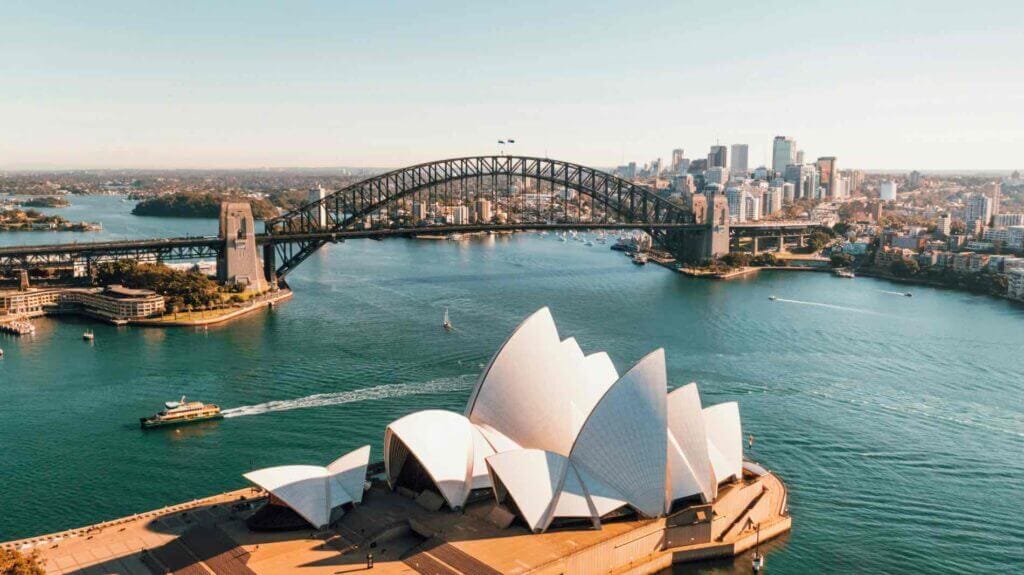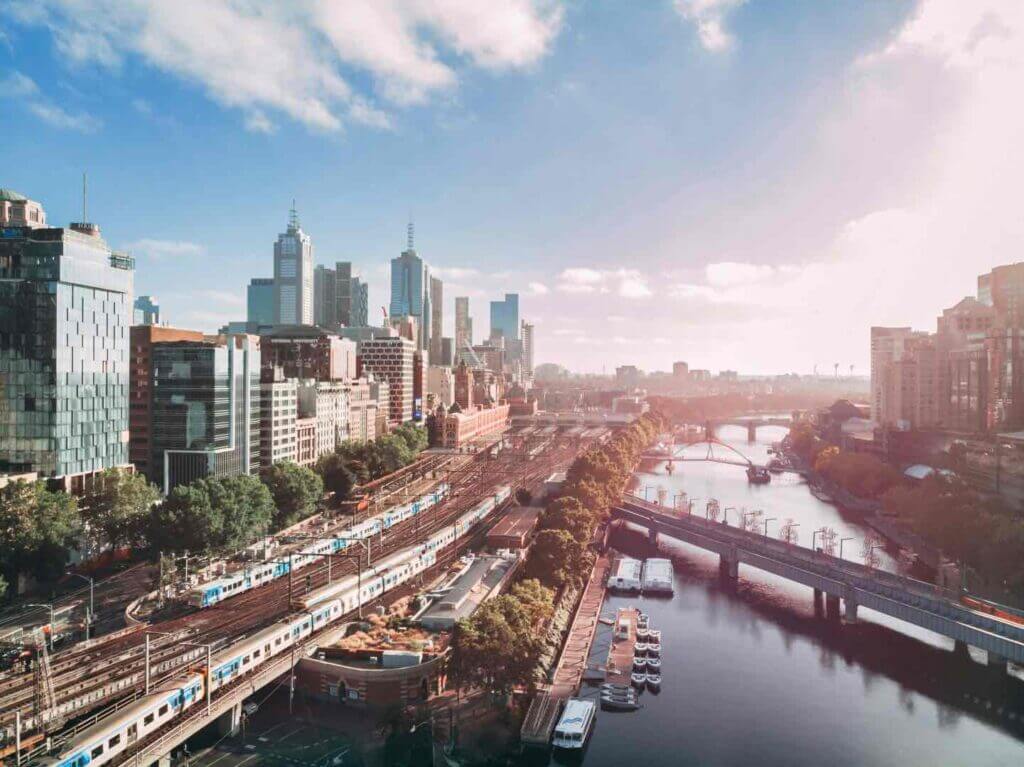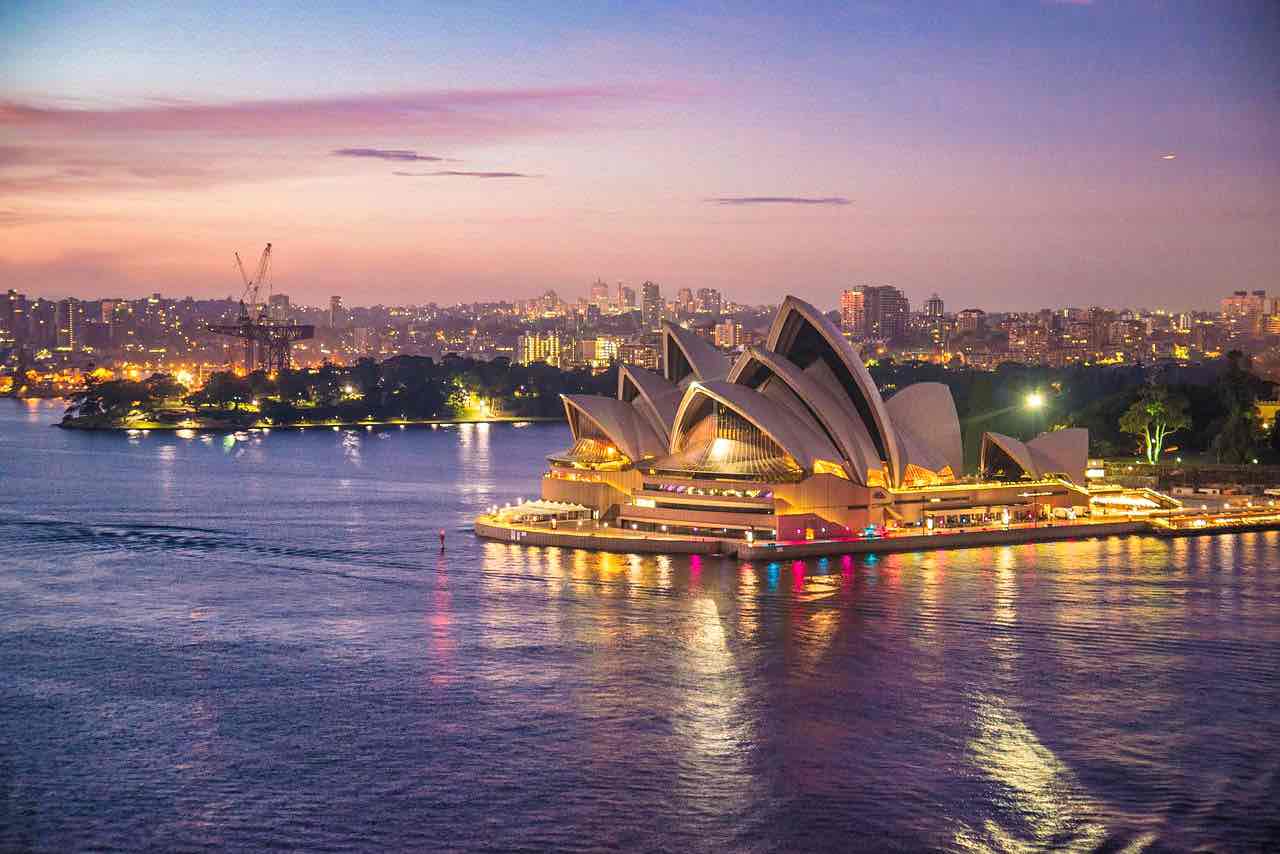Australia
Your typical city dwelling Australian likes nothing better than an early morning run or bracing surf to kick start them into life; well that followed by a flat white, obviously. However, move clear of Sydney and Melbourne and you’ll discover the antidote to the fast-paced Aussie lifestyle with national parks, such as Kakadu and Purnululu, providing an inexhaustible supply of inspirational isolation. From aboriginal art etched over ancient rocks in the Northern Territory, to the penguins, vineyards and beach reserves of the south, no trip to Australia is complete without donning your cork hat and letting yourself and your imagination run wild.

Best Time To Visit

The best time to visit Australia depends on the area you plan to see. A country of two climates, Australia’s northern half is driest and most accessible between April and September. Warm, sunny days show the national parks and beaches at their very best, providing opportunities for swimming and barbecues. The north is humid from October to March, with more rainfall, but this is offset by the active wildlife, and reinvigorated rainforests and wetlands.
In the southern half of Australia, the summer months (December to February) bring hot weather. Autumn (March to May) is also a lovely time, with numerous festivals and the busy grape harvest. Winter (June to August) is less busy and generally attracts a temperate climate that’s ideal for hiking, while spring (September to November) often sees more wildlife activity.
For a month by month look click here
What To Expect
Capital: Canberra
Language: Australia legally has no official language. However, English is by far the most commonly spoken and has been entrenched as the de facto national language
Currency: The currency in Australia is the Australian Dollar. Check the latest rates here
Credit Cards & ATMs: Most restaurants and retailers in the big and small cities will accept credit cards as payment. If you need to draw cash, you can find ATMs almost everywhere: bank lobbies, on the streets, shopping malls, convenience stores, and petrol stations.
Plugs: The plugs in Australia are type I. The standard voltage is 230V, and the standard frequency is 50 HZ. I recommend buying a universal adapter
Safety: Australia is one of the safest countries in the world. While it has low crime rates, the one thing you do need to look out for is the country’s flora and fauna. Australia is notorious for its poisonous species of spiders and snakes, as well as the deadly jellyfish and sharks that swim along its shores.
Random useful tip: Wear sunblock. Even on a cloudy day. The sun is very strong in Australia and it is easy to get burnt.
Dont’s: Do Not Swim Outside The Yellow And Red Flags
Travel Guides
Below you will find guides on places in Australia, reasons to visit Australia, and how to travel Australia on a budget.
Top 5 Things to See and Do in Australia
(Note: Australia is brimming with activities. Truly, there’s an abundance to explore and experience. The following are just a few of our top picks. For more country-specific activities, refer to the detailed guides linked to each country below!)
The Great Barrier Reef, the world’s largest coral reef system, is a mesmerising underwater spectacle off the coast of Queensland. Spanning over 2,300 kilometres, this UNESCO World Heritage site is home to an astounding diversity of marine life, from vibrantly coloured coral gardens to majestic sea turtles. Whether you choose to snorkel, dive, or simply glide over the azure waters in a glass-bottom boat, the reef promises encounters with its myriad inhabitants. The Whitsunday Islands, nestled amidst the reef, offer pristine beaches and turquoise lagoons for an idyllic escape.
Australia’s Outback is a vast, untamed wilderness that captures the essence of the continent’s raw beauty. At its heart stands Uluru (Ayers Rock), a monolithic sandstone formation that holds deep spiritual significance for the local Anangu people. Watching the rock change hues during sunrise or sunset is a soul-stirring experience. Nearby, the Kata Tjuta (The Olgas) formations rise majestically, offering walking trails that reveal tales of ancient geology and indigenous legends.
Sydney, with its iconic skyline, is a bustling metropolis that seamlessly blends urban charm with coastal beauty. The Sydney Harbour, crowned by the Sydney Opera House and the Harbour Bridge, is the city’s vibrant heart. Embark on a leisurely ferry ride, climb the bridge for panoramic views, or simply bask in the art and architecture of the Opera House. The adjacent Circular Quay and The Rocks area brim with history, culture, and a pulsating energy that embodies the spirit of Sydney.
4. Road Trip along the Great Ocean Road
Winding its way along Victoria’s dramatic coastline, the Great Ocean Road offers one of the most scenic drives in the world. This coastal route takes travellers past rugged cliffs, lush rainforests, and picturesque beach towns. The Twelve Apostles, limestone stacks that rise majestically from the Southern Ocean, are the undisputed highlight, best viewed during sunrise or sunset. Along the way, koalas, kangaroos, and an array of birdlife offer delightful encounters with Australia’s unique fauna.
5. Experience the Wilderness of Tasmania
Tasmania, Australia’s island state, is a treasure trove of pristine wilderness, rugged mountains, and captivating history. The Tasmanian Wilderness World Heritage Area, which encompasses vast rainforests, alpine regions, and wild rivers, is a haven for hikers and nature lovers. Port Arthur, with its historic ruins, narrates tales of the island’s convict past. Meanwhile, the bustling markets, art scenes, and gourmet experiences of Hobart, the state’s capital, offer a charming blend of the old and new.
Book tours and purchase tickets
Travel Resources
More Ways to Keep in Touch
*Disclosure: Please note that some of the links above may be affiliate links, and at no additional cost to you, I earn a commission if you make a purchase. I only recommend products and companies I use and the income goes to keeping the site community supported and ad free.








